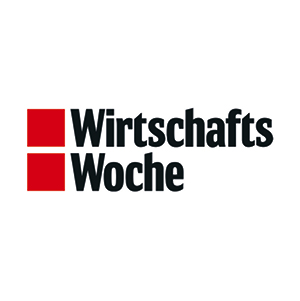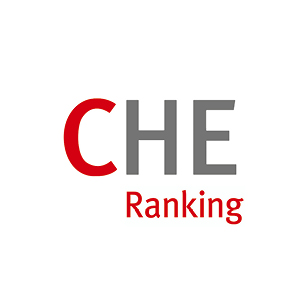Agio Definition: What is Agio?
In the financial world, Agio, also known as a premium, refers to the amount paid over and above the nominal value of a security. It is a premium that is charged when securities, especially shares, are issued. The Agio reflects the difference between the nominal value and the price actually paid and can serve as an indicator of the market value development of the respective financial instrument. It is often used to cover the issuing costs or as additional income for the issuer.
For example, if a company issues new shares and sells them at a higher price than their original value, this additional amount is called an Agio. It indicates that the demand for these shares is high or that the company is considered particularly valuable.
Agio Meaning: What exactly does Agio mean as a word?
The word “Agio” comes from Italian and is derived from “aggio”, which means “increase” or “surcharge”. It has its origins in the Latin “aggius”, which also means an increase or surcharge. The use of the term dates back to the Middle Ages, when trading and financial practices became increasingly complex and terms were developed for different financial transactions.
Over time, “Agio” became established in finance. The use of the term in modern finance became particularly widespread in the 17th and 18th centuries, when financial markets and stock exchanges gained in importance and more complex financial instruments such as shares and bonds were introduced.





















